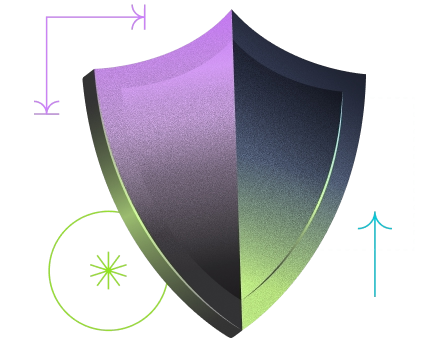eIDAS, certificate, time stamp, authenticity, signatories... The world of e-signature is, of course, extremely familiar to us at Yousign, but its jargon and procedures can be much less obvious to novices.
This explanatory article is aimed at anyone who is interested in all the advantages of eSignature, but keeps wondering: “How does it work?”.
What is eSignature?
Behind this apparently basic question is a practice many of us have already adopted, but which can generate some confusion. No, eSignature does not mean scanning your own signature. Nor does it mean signing with an illegible scrawl on a mobile device. eSignature is a technical and legal process that enables individuals to give their consent and approval to digital documents. It is not an image or a drawing. It is a tool that must comply with conditions and standards set by national and European authorities.
An eSignature is nothing like a handwritten signature. We see a first name and surname, but behind that lies a series of numbers associated with a file and a specific person.
What documents can I sign with an electronic signature?
This super-handy guide to the documents you can legally sign electronically will allow you to better target your needs. The list is by no means exhaustive, as the possibilities are vast.
eSignature can be useful in various sectors:
- Legal
- Real Estate
- Insurance
- Banking
- Commercial
- Human Resources
As long as they are digitised, you can sign all the contracts involved in your sector in total security.
Legally, what does electronic signature allow?
As its name suggests, electronic signature enables you to sign documents. More than that, though, it guarantees the identity of the signatory (we will see how in a moment) and the integrity of the document.
European and French legislation has sought to regulate the use of eSignature. Since 23 July 2014, it has been governed by the eIDAS Regulation, which defines 3 levels.
The European regulations are some of the strictest, if not the strictest, in the world. Third-party software providers must follow a very specific certification procedure and must comply with the standards imposed by eIDAS. For example, to be certified, a trusted service provider like Yousign must be audited by experts from independent private companies appointed by the European Commission. Their reports are analysed, in France, by the Agence Nationale de la Sécurité des Systèmes Informatiques (ANSSI).
eSignature: how does it work?
Having looked at the basics, let us now turn to the main subject of this article.
In concrete terms, when you ask a signatory to sign a document, they will receive an email that takes them directly to the document to be signed.
Once the signatory has read the document in question, they sign it, first confirming their identity via an SMS code sent to their phone number. Once the procedure is finished, you will receive an email advising you that the document has been signed.
The signed documents will then be available in your customer space.
With Yousign, if your signatory does not have a smartphone, other authentication methods are available.
- The signatory can use a fixed-line telephone to call a voice server, which will provide them with a code to enter.
In the case of advanced electronic signature, the signatory must have their identity document verified. Specifically, the signatory will receive an email inviting them to upload their identity document.
It will then be automatically verified via consistency checks, which will concern, among other things:
- MRZ consistency
- The consistency of all visual security elements
- The validity date of the identity document
Once the automatic verification has been performed and the identity document has been approved, the signatory will receive an email asking them to sign the documents.
How can you make sure the digital signature process goes smoothly?
When a document is signed electronically, an audit trail is created. This trail consists of all the information that enabled the signature process to go smoothly. It may contain several types of very general information, such as:
- Procedure name
- Procedure ID
- Creation date
- Send date
- Information about the signatory (Surname, first name, email address, IP address, etc.)
- Signatory authentication information: authentication method, validation time, etc.)
This trail is a goldmine of priceless information, enabling the signature to be “replayed” in the event of a dispute.
At Yousign, audit trails are archived for 10 years with Arkhinéo, a trusted, eIDAS-qualified third-party archiver. They are also available directly from your eSignature space
So, that is how electronic signature works! We have, of course, simplified the explanations considerably for the purposes of this article. But it is important to understand that eSignature is the only practical and secure solution for signing your digital documents.
Employment contracts, leases, SEPA mandates, quotes, inventories of fixtures... all these documents are compatible with electronic signature, which allows you to make a gesture for the planet, while also saving on all the costs that paper entails.







